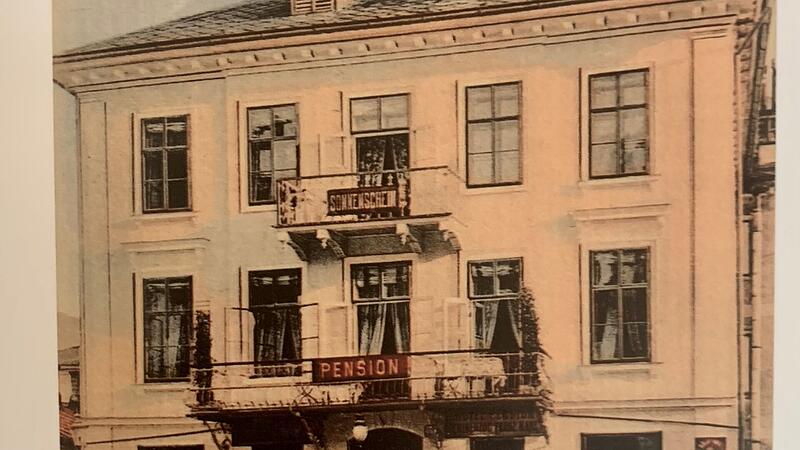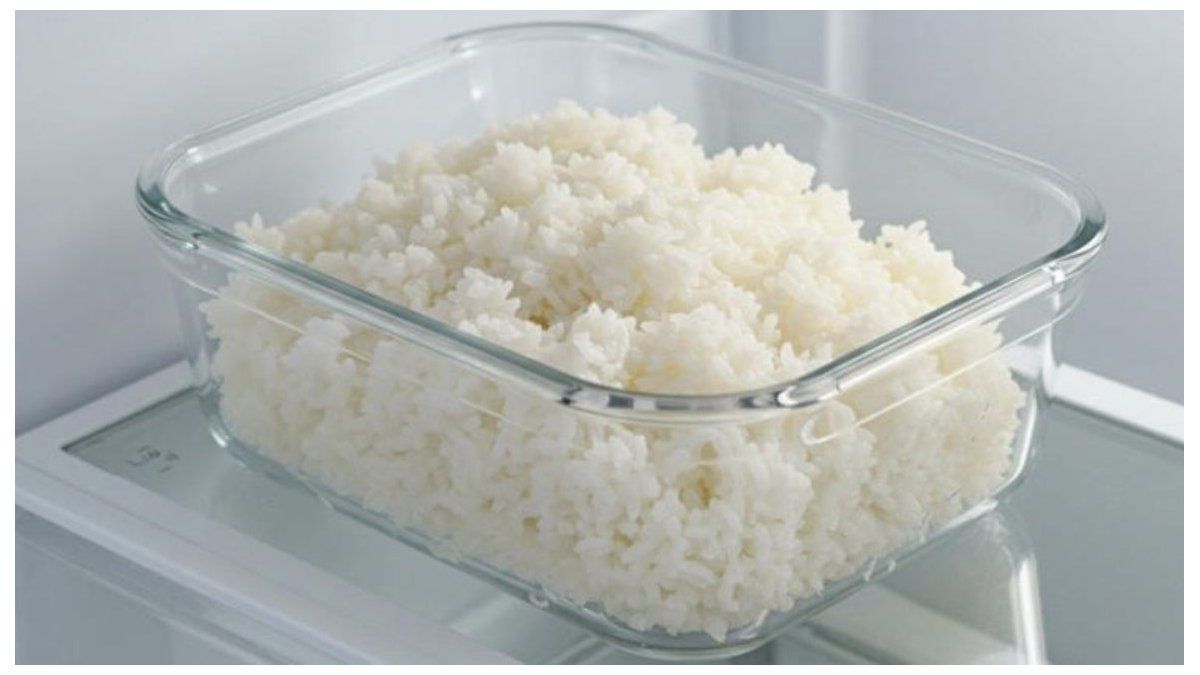BATH ISCHL. While historians such as Heinrich Marchetti and Holger Höllwerth researched and documented Jewish life in the city in Gmunden, a comparable comprehensive overview was missing in Bad Ischl. The Linz theologian Verena Wagner has now closed this gap in a magnificent way. Her book “A Jewish Community in Bad Ischl” is a must-read for those interested in local history.
It was the summer resort and the burgeoning tourism that attracted Jews to Bad Ischl in the middle of the 19th century. The first was probably the spa doctor Joseph Pollak, who lived in Pfarrgasse from 1845 at the latest. In addition to doctors, it was mainly restaurateurs and traders who formed a small Jewish community in Bad Ischl. With 15 members, it was the fifth largest in Upper Austria in 1891. By 1934 their number had increased to 59 people.
The great geographical distance to the Jewish community of Linz meant that the Jews in Bad Ischl lived very independently and organized themselves. From 1880 onwards, the restaurateur David Sonnenschein offered kosher cuisine in his restaurant on Pfarrgasse – also for summer visitors. He and his son Samuel also provided prayer rooms in their homes. In 1904, the latter acquired the “Erzherzog Franz Karl” hotel near the spa gardens, where the religious celebrations took place. The hotel was also officially called a prayer house.
Few survived the Nazi era
But the Jews of Bad Ischl were met with distrust, and with the rise of the National Socialists, this turned into outright hatred. The term “Judenrein” was also used by inns and districts in the Salzkammergut. Jews from Bad Ischl were ruthlessly expropriated and deported. Only four Jews still lived in Bad Ischl after 1945, two of whom had survived a concentration camp. Individuals like the married couple Valerie and Otto Kohn returned. There were also Jews among the refugees and homeless people accommodated by the US Army in Bad Ischl, and some of them settled here.
Verena Wagner describes countless biographies in her work and traces them back to the 1980s. “The special thing about her book is that she doesn’t tell the Ischl Jewish community about its catastrophic end, but rather presents it in all its colorfulness and diversity,” says the Goisern historian Michael Kurz.
By the way, historian Nina Höllinger from the Ebensee Contemporary History Museum will publish a book about the Jewish population in the entire Salzkammergut next year. As far as the coming Christmas is concerned: Anyone who puts Verena Wagner’s Ischl book under the Christmas tree for their loved one is definitely not making a mistake.
Verena Wagner: “A Jewish community in Bad Ischl”; Upper Austrian State Archives, 327 pages, 35 euros
My themes
For your saved topics were
new articles found.

info By clicking on the icon you can add the keyword to your topics.
info
By clicking on the icon you open your “my topics” page. They have of 15 keywords saved and would have to remove keywords.
info By clicking on the icon you can remove the keyword from your topics.
Add the topic to your topics.
Source: Nachrichten




